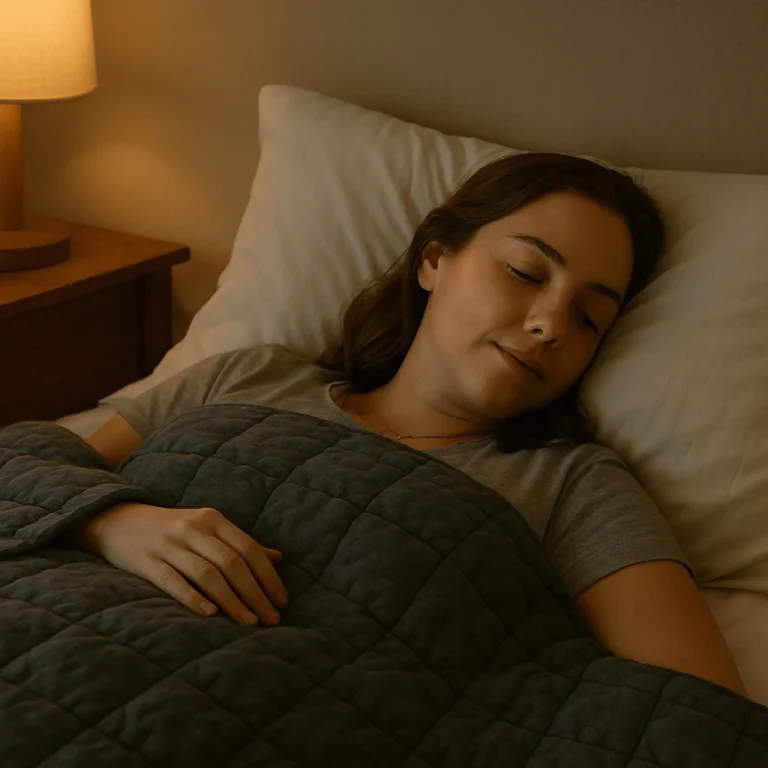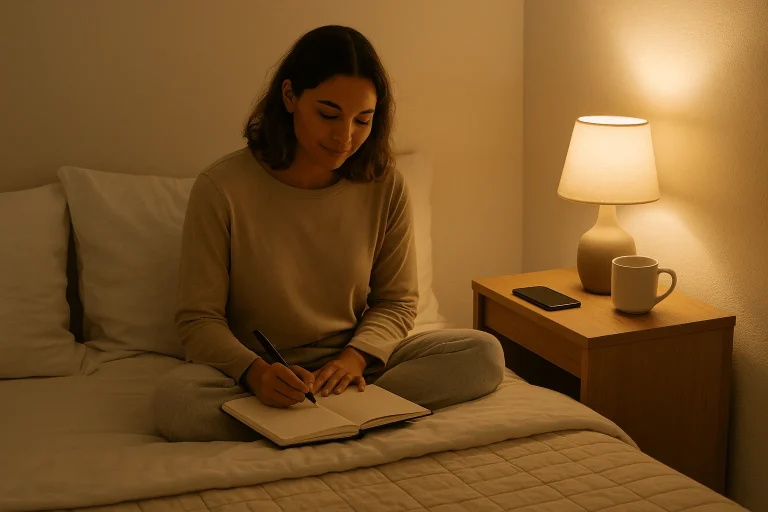How to Use Exercise for Better Sleep (What Science Says)
Physical activity—especially the right kind of movement—is one of the most effective ways to regulate your sleep. Exercise for better sleep isn’t just about burning calories or stretching tight muscles; it’s about syncing your internal clock and creating balance between your mind and body.
When you move regularly, your body releases endorphins and serotonin—feel-good hormones that boost mood, reduce stress, and help you drift off more easily. Over time, the right exercise routine can teach your body when to feel awake and when to rest.
So, let’s look at how a few simple exercises can make it easier to fall asleep and stay asleep through the night.
Best Types of Exercise for Better Sleep
When it comes to exercise for better sleep, simple and consistent movement makes all the difference. Activities that relax the body—like yoga, stretching, or a calm evening walk—help quiet the nervous system and prepare your mind for rest. These simple forms of movement reduce muscle tension and help your body shift naturally into sleep mode.
Yoga for Sleep
Yoga is a fantastic way to calm your body and mind before bed. It’s like pressing the reset button after a long day.
- Benefits: Yoga helps lower cortisol, the stress hormone that can keep you awake at night. It also helps balance the autonomic nervous system, promoting relaxation and calming your mind.
In fact, a 2025 review published in Frontiers in Neurology found that regular yoga practice significantly improved overall sleep quality — including falling asleep faster, longer sleep duration, and fewer nighttime awakenings.
3 Yoga poses for better sleep
- Child’s Pose (Balasana): This one stretches your back and hips, releasing built-up tension. If you have back pain, it’s a gentle way to ease discomfort.
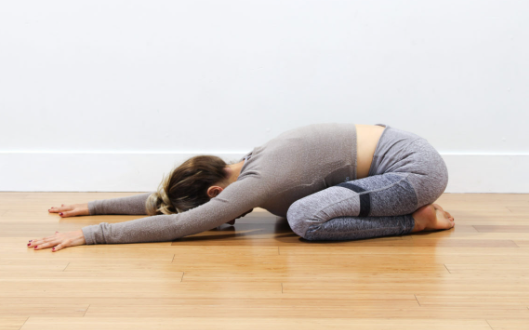
- Legs Up the Wall (Viparita Karani): Elevating your legs helps improve circulation and reduces tired, swollen legs. It’s perfect for people who are on their feet all day.
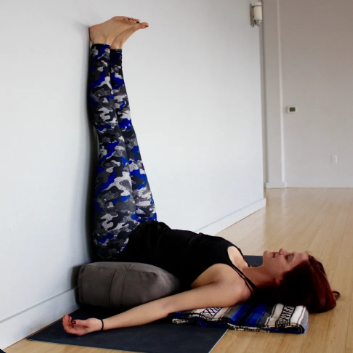
- Savasana: This final resting pose is all about letting go of your mental load. It helps you unwind, letting your body and mind relax completely.
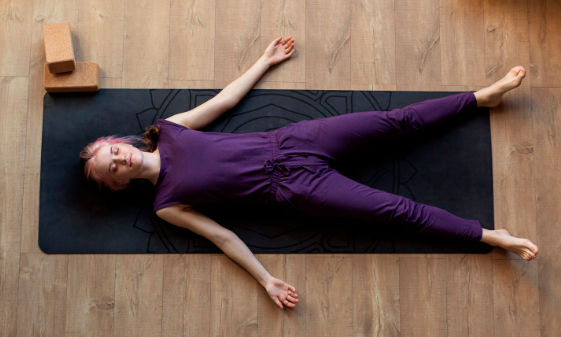
Studies show that yoga reduces insomnia and helps you fall asleep faster. Mindfulness-based yoga can be especially helpful in treating both acute and chronic sleep issues.
2- Stretching Exercises for Sleep
Stretching isn’t just for athletes—it’s a simple way to relax your body and prepare it for sleep.
Benefits: Stretching helps release muscle tension — one of the most common culprits behind restless nights. It also improves flexibility and supports healthy blood circulation, both of which contribute to deeper, more restorative sleep.
How Stretching Promotes Sleep: Gentle stretching before bed activates the parasympathetic nervous system — the part of your body responsible for relaxation and recovery. It also eases tight muscles, helping your body unwind and signal that it’s time for rest.
A 2025 article from the Sleep Foundation highlights that stretching before bed can calm your body, reduce stress, and make it easier to fall asleep naturally.
Recommended Stretches:
- Neck Stretches: Perfect for people who spend hours in front of a screen. Stretching your neck can ease tightness and make it easier to find a comfy sleeping position.
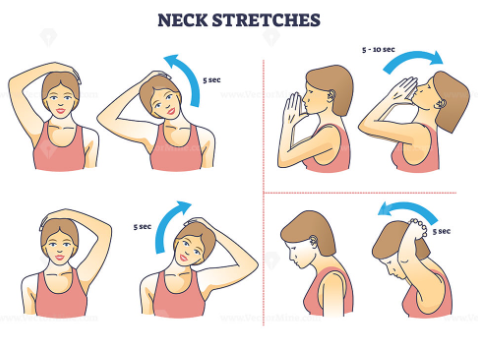
- Shoulder Rolls: Rolling your shoulders forward and backward helps reduce upper body tension. It’s a great way to relieve stress from the day.
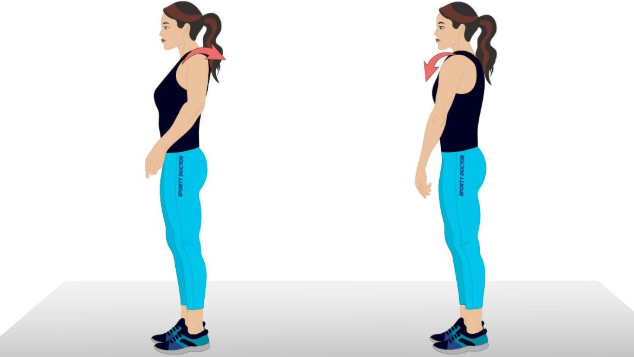
- Hamstring Stretches: Tight hamstrings can affect your posture and cause discomfort at night. Stretching them can help improve sleep quality.
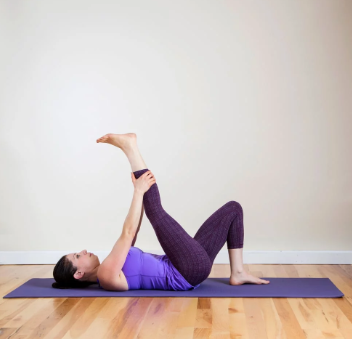
Related: 15 Proven Hacks to Fall Asleep Quickly
3-Does walking improve your sleep?
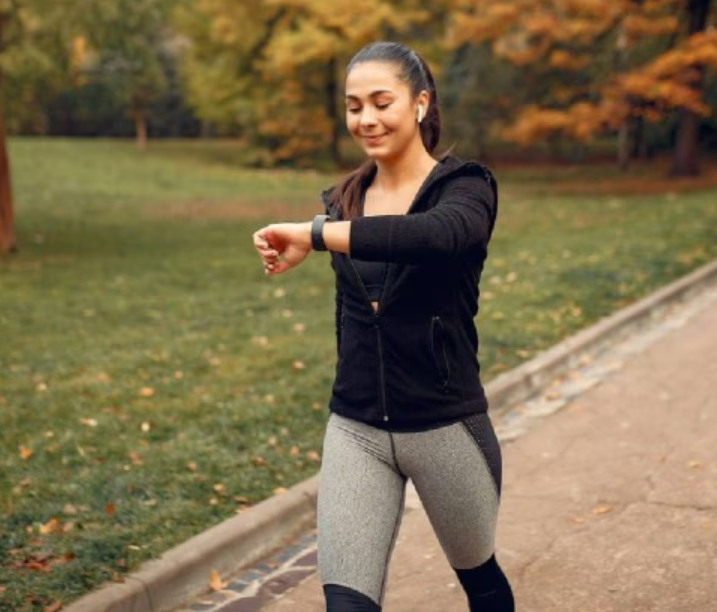
Sometimes, the simplest exercises are the most effective—and walking is one of them.
Benefits: Walking boosts circulation, releases endorphins, and helps balance your mood. It also triggers the release of melatonin, a hormone that prepares your body for sleep.
How Walking Outdoors Improves Sleep: Exposure to natural light during the day sets your circadian rhythm, helping you sleep better at night. Plus, walking in nature has calming effects on both your mind and body.
Timing and Tips for Walking Before Bed: While a walk can be great for winding down, avoid walking too close to bedtime. A slow-paced, mindful walk in nature works best and helps you let go of the stress from the day.
When Should You Exercise for Better Sleep?
The timing of your exercise for better sleep plays a key role in how easily you drift off. Morning or afternoon activity helps regulate your circadian rhythm, letting your body release energy during the day and settle naturally at night. Evening workouts can still be helpful—just finish them a few hours before bed so your heart rate and body temperature have time to return to normal.
- Yoga and Stretching: Both of these exercises can be done right before bed. They help calm the nervous system, signaling to your body that it’s time to wind down. Stick to gentle stretching to avoid overstimulation.
- Walking: Walks are great during the day, but if you walk after dinner, keep it short and slow. This prevents your heart rate from getting too high, which can make it harder to fall asleep.
Related : 7 Powerful Breathing Exercises for better sleep you can try tonight
How These Exercises Help Promote Relaxation and Sleep
So, why exactly do these exercises help you sleep better? It all comes down to how they influence your body’s relaxation response.
- Reducing Stress: These exercises activate the parasympathetic nervous system, which calms the body and helps you de-stress. Yoga, stretching, and walking all help lower cortisol levels, making it easier to drift into sleep.
- Mind-Body Connection: Yoga and walking, especially when paired with deep breathing, help establish a strong mind-body connection. This practice not only relaxes your body but also calms your mind, reducing any racing thoughts that might keep you up.
Additional Tips for Incorporating Exercise into Your Routine
Getting started with these exercises doesn’t have to be complicated. Here’s how you can make them a regular part of your bedtime routine.
1-Start Small: If you’re new to exercise, start with short, gentle sessions. Gradually increase the time as your body gets used to it.
2- Consistency is Key : Consistency is more important than intensity. Even 10 minutes of stretching before bed can make a huge difference over time.
3- Create a Relaxing Environment: Enhance your routine by adding calming elements. Light some candles, use essential oils, or drink a cup of chamomile tea to help you unwind.
Potential Risks or Considerations
While these exercises are generally safe, there are a few things to keep in mind.
Know Your Limits: If you have any health conditions like arthritis or fibromyalgia, check with your doctor before starting an exercise routine.
Not All Exercises Are Right Before Bed: Avoid intense cardio or strength training before bed. These types of exercises can increase adrenaline and cortisol, making it harder to fall asleep.
The American Heart Association advises that while most people benefit from light to moderate exercise, anyone with chronic pain, heart issues, or mobility concerns should consult their healthcare provider before starting a new routine.
Related Posts :
Bottom Line :
Incorporating exercise for better sleep into your daily routine is one of the simplest and most natural ways to support deep rest. Whether it’s yoga, stretching, or an evening walk, gentle movement helps calm your mind, release tension, and prepare your body for sleep.
Start small, stay consistent, and notice how each day of movement brings your nights a little more peace.
💤 Frequently Asked Questions About Exercise and Sleep
Why do you sleep better when you work out?
You sleep better after working out because exercise lowers stress hormones and helps regulate your body’s internal clock.
Physical activity also raises your body temperature, and when it cools down afterward, it signals to your brain that it’s time to rest — helping you fall asleep more easily and stay asleep longer.
How does exercise improve sleep quality?
Exercise improves sleep quality by supporting deeper, more restorative stages of sleep.
It balances hormones like cortisol and melatonin, relaxes muscles, and reduces mental tension — all of which help your body shift into rest mode more smoothly.
How does exercise impact sleep quality and duration?
Regular movement can help you sleep longer and wake up less often during the night.
Studies show that people who exercise moderately — such as brisk walking, cycling, or yoga — experience longer periods of deep sleep and fewer nighttime awakenings.
What types of exercise help most with sleep problems?
Gentle, rhythmic activities like yoga, tai chi, stretching, and walking are most effective for improving sleep.
These exercises calm your nervous system, regulate breathing, and help quiet racing thoughts — especially helpful for those dealing with insomnia or bedtime anxiety.
What is the best time of day to exercise for better sleep?
Morning or afternoon exercise is generally best for promoting healthy sleep.
Daytime movement boosts energy and aligns your circadian rhythm with natural light. If you prefer evenings, finish workouts at least 2–3 hours before bed to allow your body temperature and heart rate to return to normal.
Can exercising too close to bedtime make it harder to sleep?
Yes — high-intensity exercise right before bed can make it harder to fall asleep.
Intense workouts raise adrenaline and increase core body temperature, which can delay melatonin release. Gentle evening movement like stretching or yoga is a better choice when winding down.
How much exercise do you need for better sleep?
Even 30 minutes of moderate activity a day can make a noticeable difference in sleep quality.
You don’t have to do a long workout — short, consistent movement throughout the week helps your body relax more naturally at night.



